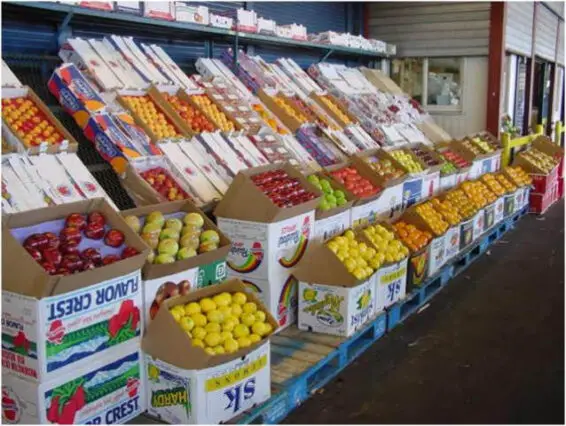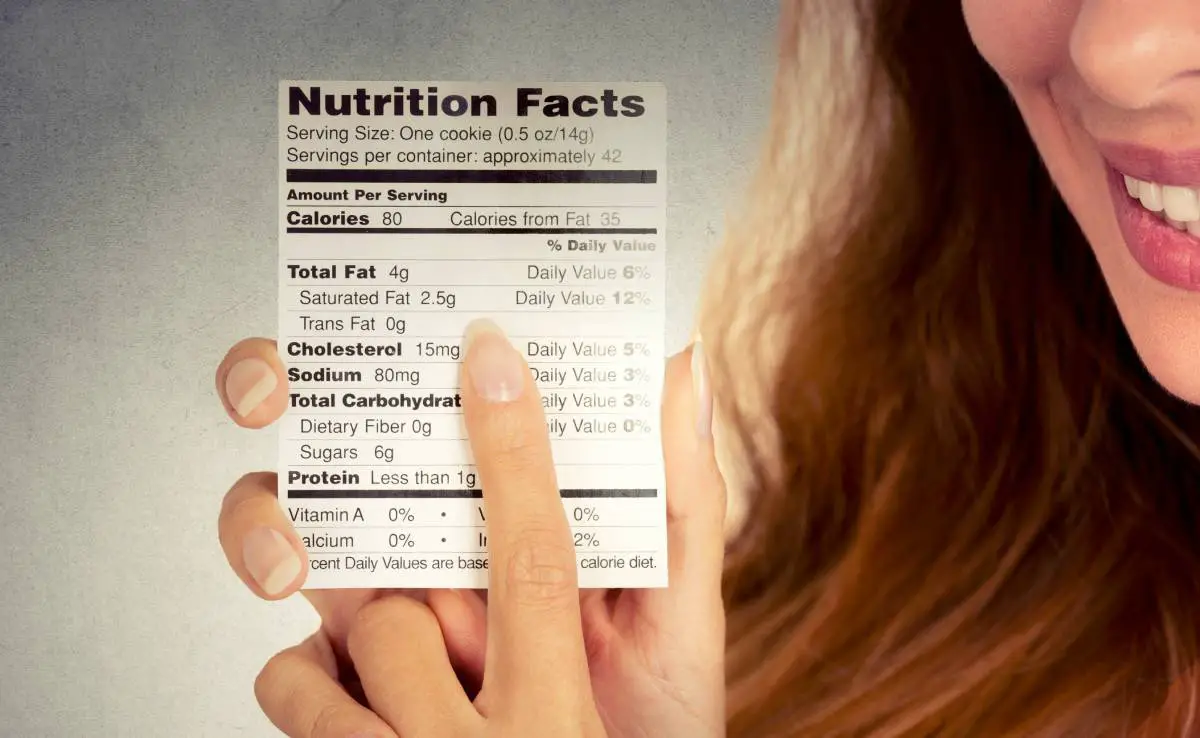I’ve written about this before — which foods you should buy “organic” (because of all the pesticides) and which are okay to buy “regular” (because they aren’t as likely to be loaded with pesticides).
But now I found the official study behind those reports, and I’ve been hearing a lot about this in the news lately.
I thought some of you might be interested in seeing this too:
Which Fruits & Vegetables Have The Most — And Least — Pesticides
This information comes from the Environmental Working Group.
Summarized:
- People can lower their pesticide exposure by almost 90% by avoiding the top 12 most contaminated fruits and vegetables and eating the least contaminated instead.
- Eating the 12 most contaminated fruits and vegetables will expose a person to about 15 pesticides per day, on average.
Fruits & vegetables most likely to be contaminated with pesticides are: peaches, apples, sweet bell peppers, celery, nectarines, strawberries, cherries, pears, grapes (imported), spinach, lettuce, and potatoes.
- Eating the 12 least contaminated will expose a person to less than 2 pesticides per day.
The fruits & vegetables least likely to have pesticides on them are: onions, avocado, sweet corn (frozen), pineapples, mango, asparagus, sweet peas (frozen), kiwi, bananas, cabbage, broccoli, and papaya.
What The Numbers Below Mean
The following produce ranking was developed by analysts at the not-for-profit Environmental Working Group (EWG) based on the results of nearly 43,000 tests for pesticides on produce collected by the U.S. Department of Agriculture and the U.S. Food and Drug Administration between 2000 and 2004.
More details here.
Rank = from worst to best in terms of pesticide loads
Score = actual pesticide load
Produce Rankings & Scores:
1 (worst) Peaches 100 (highest pesticide load)
2 Apples 89
3 Sweet Bell Peppers 86
4 Celery 85
5 Nectarines 84
6 Strawberries 82
7 Cherries 75
8 Pears 65
9 Grapes (imported) 65
10 Spinach 60
11 Lettuce 59
12 Potatoes 58
13 Carrots 57
14 Green Beans 53
15 Hot Peppers 53
16 Cucumbers 52
17 Raspberries 47
18 Plums 45
19 Grapes (domestic) 43
20 Oranges 42
21 Grapefruit 40
22 Tangerine 38
23 Mushrooms 37
24 Cantaloupe 34
25 Honeydew Melon 31
26 Tomatoes 30
27 Sweet Potatoes 30
28 Watermelon 28
29 Winter Squash 27
30 Cauliflower 27
31 Blueberries 24
32 Papaya 21
33 Broccoli 18
34 Cabbage 17
35 Bananas 16
36 Kiwi 14
37 Sweet peas (frozen) 11
38 Asparagus 11
39 Mango 9
40 Pineapples 7
41 Sweet Corn (frozen) 2
42 Avocado 1
43 (best) Onions 1 (lowest pesticide load)
UPDATE: The EWG updated the above list in 2011.
As a result, the following items now appear at the top of the list as the worst offenders with the highest amount of pesticides on them and, therefore, should be purchased ‘organic’ whenever possible:
1. Apples
2. Celery
3. Strawberries
4. Peaches
5. Spinach
On the opposite end of the list, these are now the cleanest produce with the lowest amount of pesticides on them:
1. Onions
2. Sweet corn
3. Pineapples
4. Avocado
5. Asparagus
I love my kitchen… and I like to cook. But my #1 requirement is that recipes have fewer than 7 ingredients (or arrive on my doorstep via a food delivery service). My absolute favorite thing about being in the kitchen is trying out new gadgets, cookware, and storage containers! I'm SUPER organized in the kitchen (and everywhere else) and I have every gadget I could possibly need neatly and compactly tucked away until I need it. I share only the simplest recipes (which is great for people who don't like to cook), along with time-saving food tips and cooking tricks (that will save you time and money). When I'm not cooking, cleaning, or organizing my kitchen… you can find me at the corner of Good News & Fun Times as publisher of The Fun Times Guide (32 fun & helpful websites).









